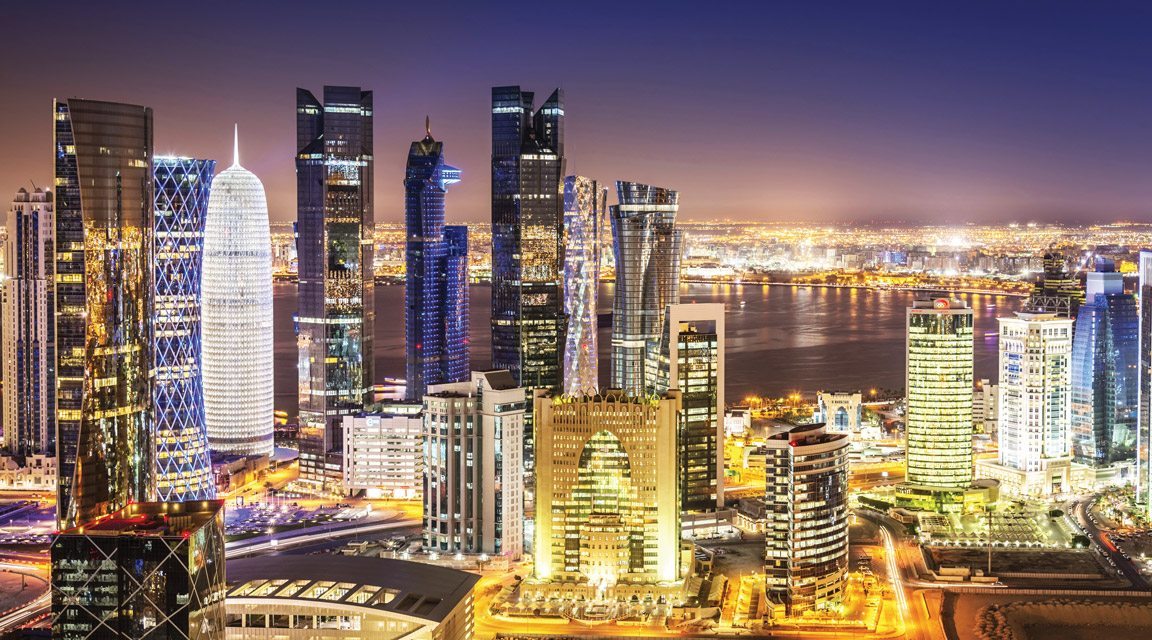

IMF says growth rate will increase to 3.4 per cent next year
The Washington-based IMF expects Qatars economy to grow by 3.4 per cent in 2017, up from 2.7 per cent growth in 2016.
Real GDP growth is expected to moderate to about 2.7 percent in 2016 and is projected to reach 3.4 percent in 2017, reflecting expansion in the non-hydrocarbon sector due to World Cup-related spending and supported by added output from the new Barzan gas project, says the IMF in the concluding statement for its 2016 Article IV Mission.
The IMF expects average inflation to reach up to 3 percent for 2016. During 201718, further subsidy cuts, increase in public fees, a moderate recovery in global commodity prices and the implementation of a VAT will drive inflation, which is expected to moderate back to low levels over the medium term, says the IMF.
There are potential risks facing the Qatari economy in 2017. The main external risk remains the possibility of persistently lower energy prices. In addition, the prospects of further rises in the US interest rates may complicate efforts to bolster economic growth. Spillovers to the non-oil sector would be transmitted through slower government spending and declining liquidity in the banking system, says the IMF.
Domestically the economy could overheat as spending infrastructure projects continues. Domestic risks are related to the ongoing public investment programme. While crucial for further economic development and diversification, it could bring about over-heating in the near term, potential resource misallocation and reduced expenditure efficiency in the medium term says the IMF.
Despite tightening liquidity, banks balance sheets remain robust with a non-performing loan ratio of about 1.2 percent, the lowest in the GCC region. This means any risks are moderate, although the IMF says that banks could face difficulties as they expand internationally. the expansion strategy of some banks into riskier foreign jurisdictions could potentially increase downside risks for their asset quality.
Qatars population reached 2.59 million as of end December 2016, according to data released by the Development Planning & Statistics Ministry. The year-end population is about 7 per cent higher compared to the figure reported in January 2016 (2.42 million). The countrys population peaked at 2.64 million in November.
You might also like...

Iraq signs deal to develop the Akkas gas field
25 April 2024

Emaar appoints beachfront project contractor
25 April 2024

Acwa Power signs $356m Barka extension
25 April 2024

AD Ports secures Angola port concession agreement
25 April 2024
A MEED Subscription...
Subscribe or upgrade your current MEED.com package to support your strategic planning with the MENA region’s best source of business information. Proceed to our online shop below to find out more about the features in each package.




